It’s been a frustrating year for anyone who loves to travel. Throughout 2021, the risk of catching COVID-19 in another country, combined with strict quarantine requirements for those returning to Taiwan, deterred all but a few people from traveling overseas for fun. And just as Taiwanese were beginning to make plans for the summer, a domestic outbreak forced the government to raise the epidemic alert to level 3.
The situation is now much better. Taiwanese are once again able to enjoy all sorts of leisure activities. Night markets are crowded and tour groups have been making good use of the cooler months.
To find out where some of Taiwan’s most eager travelers aim to go next year — their New Year’s sightseeing resolutions, as it were — I spoke with three people who have strong personal and professional interests in tourism.
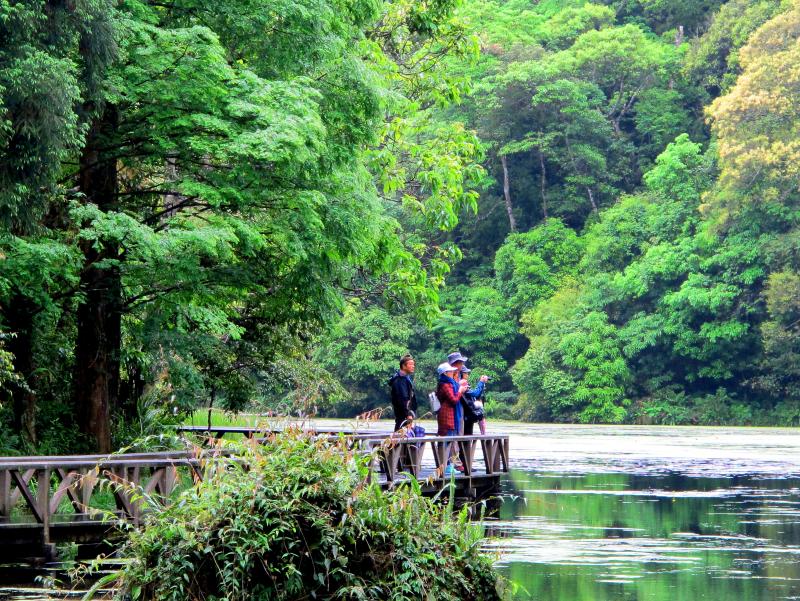
Photo: Steven Crook
REGENERATIVE EXPERIENCES
Stressing the health benefits of spending unhurried time outdoors, Michael McCreesh, who teaches tourism part-time at Ming Chuan University, says that he’s going to prioritize high-quality regenerative experiences next year.
“I love the vibe in big cities, but I need to recharge, and I can do that best in nature, with family or friends. Scientists have found that the neurological benefits include improved cognitive thinking and greater creativity. It lowers your blood pressure, too,” says the Canadian, who’s also studying for a PhD in recreational ecology at National Taiwan University.
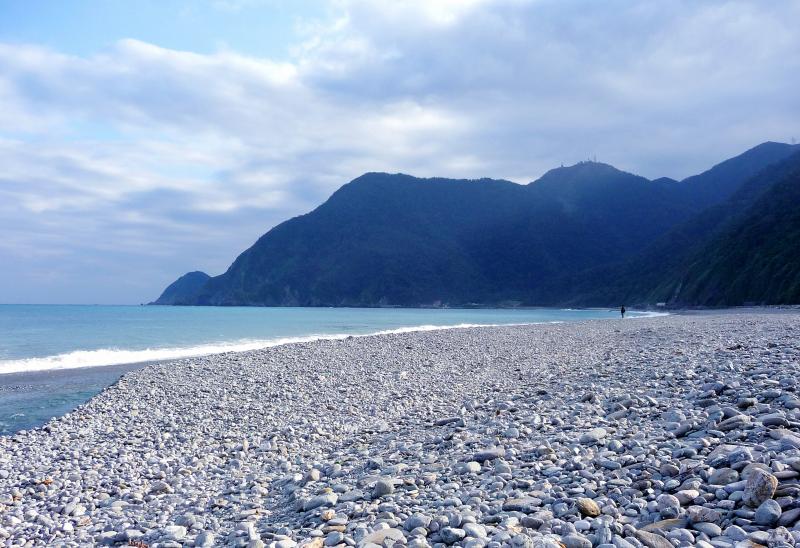
Photo: Steven Crook
Fushan Botanical Garden (福山植物園) tops McCreesh’s list of places he hopes to visit next year. Located in New Taipei City’s Wulai District (烏來), but only accessible via Yilan County’s Yuanshan Township (員山), the botanical garden hosts an exceptional variety of animals, insects, plants and trees.
McCreesh says that he hasn’t yet been to Fushan Botanical Garden — which is managed by the Taiwan Forestry Research Institute — because visits must be arranged at least 35 days in advance, and no public transportation goes near the garden. Admission is free, but there’s a strict limit on visitor numbers.
He also wants to spend some time at Tataka (塔塔加), an ecologically rich part of Yushan National Park that can be accessed by Provincial Highway 18 or Provincial Highway 21. Given his children’s ages (seven and five), trips deeper into the mountains aren’t currently a realistic option, he says.
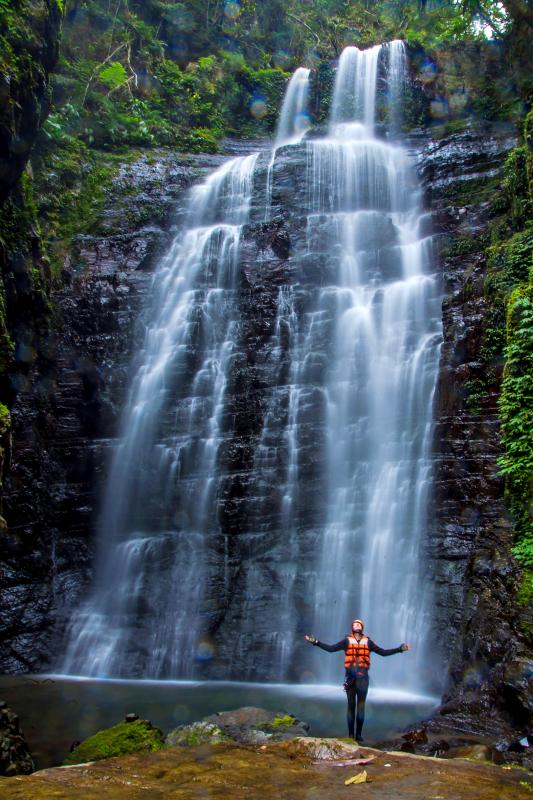
Photo courtesy of Johannes Twellman
McCreesh says that in the aftermath of the pandemic, there may be a shift in the style of tourism. International travel is likely to be more expensive, he says. People may end up taking fewer but longer trips, which at least would reduce the carbon emissions associated with air travel and long road trips.
“If people can take the time to get to know a place, and experience it at a human level, perhaps by meeting and learning from local artisans, tourism is less likely to be destructive, and can actually enhance the health of that destination,” McCreesh says. Two ventures he’s involved in, ParkBus and Origin Wild, reflect this ethos.
WILDLIFE WATCHING
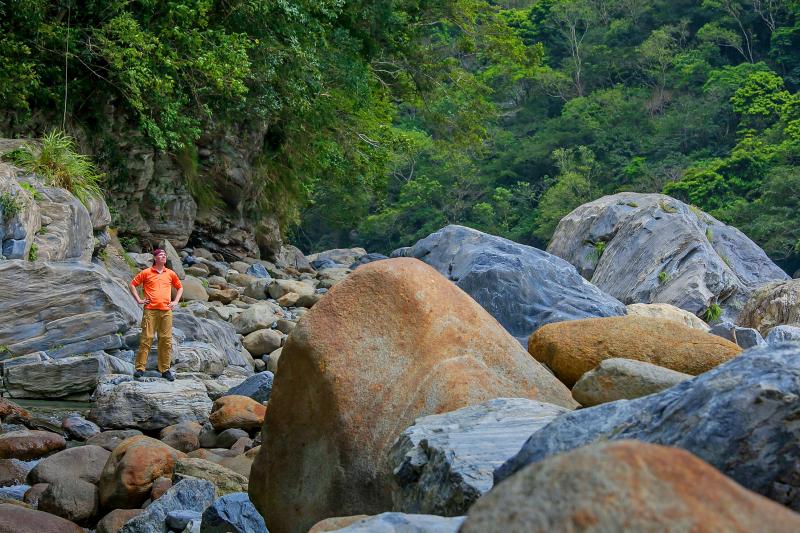
Photo courtesy of Johannes Twellman
Victor Yu (余維道), president of Ecotourism Taiwan (台灣生態旅行促進會) and a member of the World Birdfairs Council, describes his goals for next year as “not too ambitious.”
He’d planned to go birding in Bhutan in March, but it’s looking less likely that he can go. For June, he has a trip to Ecuador and the Galapagos Island penciled in.
“Fingers crossed for that,” he says.
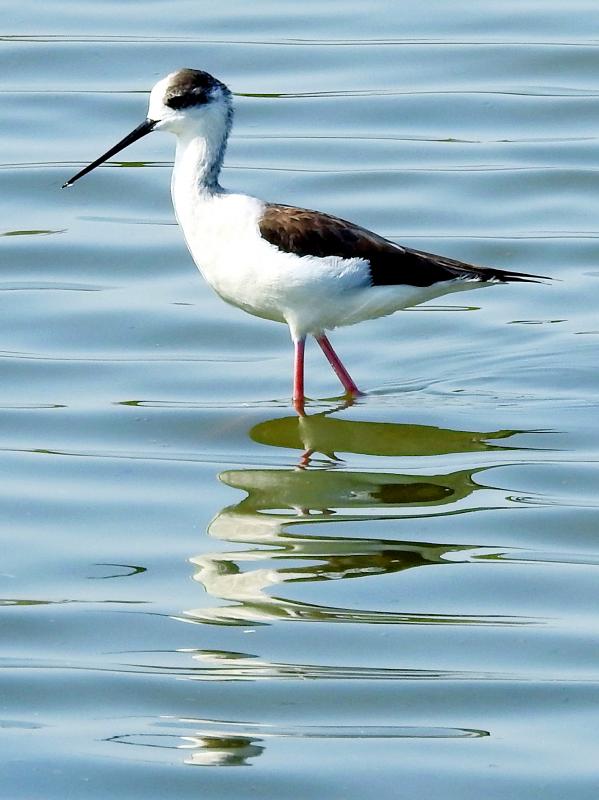
Photo: Steven Crook
In January, Yu is set to go birdwatching in Kinmen. After that, he’ll spend some time in Sun Link Sea Forest Recreation Area (杉林溪森林生態渡假園區) enjoying the sight of mountain-dwelling birds moving among cherry blossom.
But Yu’s top domestic objective for the coming year is the southwestern coast in the middle of August, especially Wangliao (網寮) in Chiayi County’s Dongshih Township (東石鄉) and Sidiliao (溪底寮) in Tainan’s Beimen District (北門).
“I want to see wading birds like the curlew sandpiper, dunlin, red-necked stint, red knot and black-tailed godwit — and, if I am lucky enough, the ruff — and get some good photos of them. I’ll be very happy if I can see some of those waders when they’re in their stunning breeding plumage.”
TAKING IT SLOW
Johannes Twellmann, a German who’s lived in New Taipei City for the past 20-odd years, is editor-in-chief of Travel in Taiwan, the official English-language magazine of the Taiwan Tourism Bureau.
The job entails frequent trips to different parts of Taiwan. During those excursions, Twellmann — who’s long been interested in photography — also shoots videos which he uploads to both YouTube and taiwaneverything.cc, a Web site owned by the company that publishes Travel in Taiwan.
“Because of my work, revisiting the same places is unavoidable, but surprisingly traveling in Taiwan never gets old for me,” he says.
Twellmann says that he’s always been keen to avoid places where tour buses are parked outside, or where he has to wait in line. He’d much rather spend his free time in a forest, or doing hikes “that are less about conquering peaks and more about exploring what’s beside the trails,” he says.
“I’d love to do more slow walks, taking in nature without hurrying, sitting down and composing photographs or videos, waiting for wildlife — that kind of thing strongly appeals to me,” Twellmann says.
Walking isn’t the only mode of transportation that appeals to Twellmann. He does a lot of YouBiking, and he confesses to an interest in flying: “Ultralight planes, hot-air balloons, paragliding: I’d like to try all of those.”
Despite having seen more of the country than many people who were born and raised in Taiwan, there are several places Twellmann still hasn’t yet been to, but would like to visit. Among them are Keelung Islet (基隆嶼), Turtle Island (龜山島), and some of the smaller islands in Penghu County.
“I love sparsely populated places that aren’t of interest to regular tourists,” he says. “I’d love to do more camping in natural surroundings, and search for treasure on secluded beaches. That’d be perfect!”
Steven Crook has been writing about travel, culture and business in Taiwan since 1996. He is the author of Taiwan: The Bradt Travel Guide and co-author of A Culinary History of Taipei: Beyond Pork and Ponlai.

Most heroes are remembered for the battles they fought. Taiwan’s Black Bat Squadron is remembered for flying into Chinese airspace 838 times between 1953 and 1967, and for the 148 men whose sacrifice bought the intelligence that kept Taiwan secure. Two-thirds of the squadron died carrying out missions most people wouldn’t learn about for another 40 years. The squadron lost 15 aircraft and 148 crew members over those 14 years, making it the deadliest unit in Taiwan’s military history by casualty rate. They flew at night, often at low altitudes, straight into some of the most heavily defended airspace in Asia.

Beijing’s ironic, abusive tantrums aimed at Japan since Japanese Prime Minister Sanae Takaichi publicly stated that a Taiwan contingency would be an existential crisis for Japan, have revealed for all the world to see that the People’s Republic of China (PRC) lusts after Okinawa. We all owe Takaichi a debt of thanks for getting the PRC to make that public. The PRC and its netizens, taking their cue from the Chinese Communist Party (CCP), are presenting Okinawa by mirroring the claims about Taiwan. Official PRC propaganda organs began to wax lyrical about Okinawa’s “unsettled status” beginning last month. A Global

Taiwan’s democracy is at risk. Be very alarmed. This is not a drill. The current constitutional crisis progressed slowly, then suddenly. Political tensions, partisan hostility and emotions are all running high right when cool heads and calm negotiation are most needed. Oxford defines brinkmanship as: “The art or practice of pursuing a dangerous policy to the limits of safety before stopping, especially in politics.” It says the term comes from a quote from a 1956 Cold War interview with then-American Secretary of State John Foster Dulles, when he said: ‘The ability to get to the verge without getting into the war is
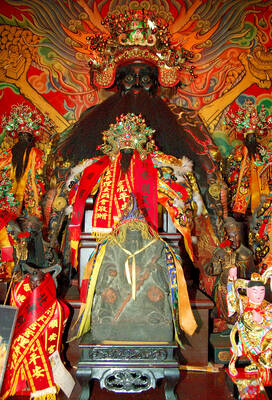
Dec. 22 to Dec. 28 About 200 years ago, a Taoist statue drifted down the Guizikeng River (貴子坑) and was retrieved by a resident of the Indigenous settlement of Kipatauw. Decades later, in the late 1800s, it’s said that a descendant of the original caretaker suddenly entered into a trance and identified the statue as a Wangye (Royal Lord) deity surnamed Chi (池府王爺). Lord Chi is widely revered across Taiwan for his healing powers, and following this revelation, some members of the Pan (潘) family began worshipping the deity. The century that followed was marked by repeated forced displacement and marginalization of